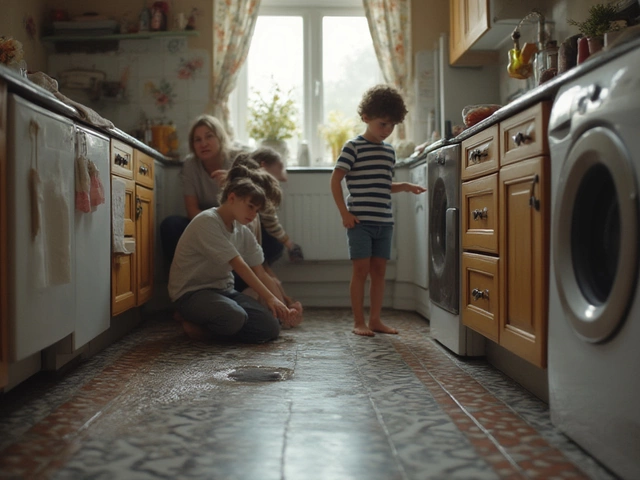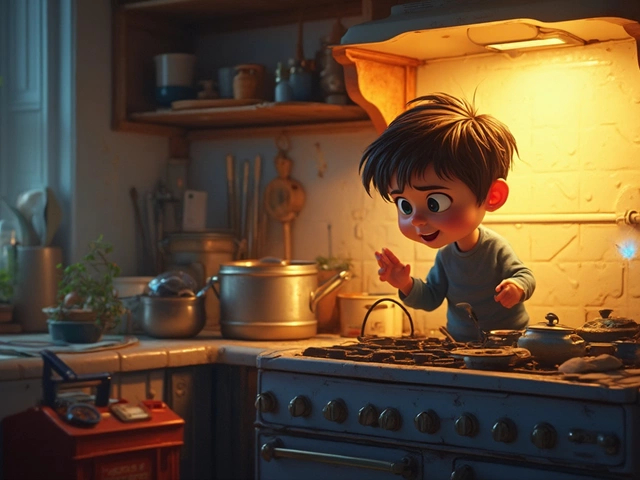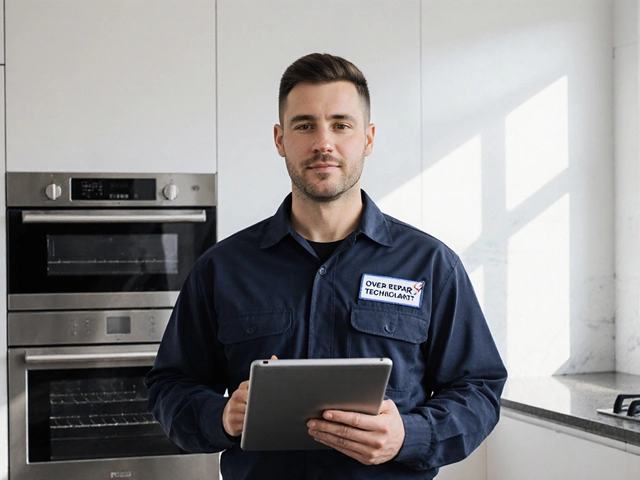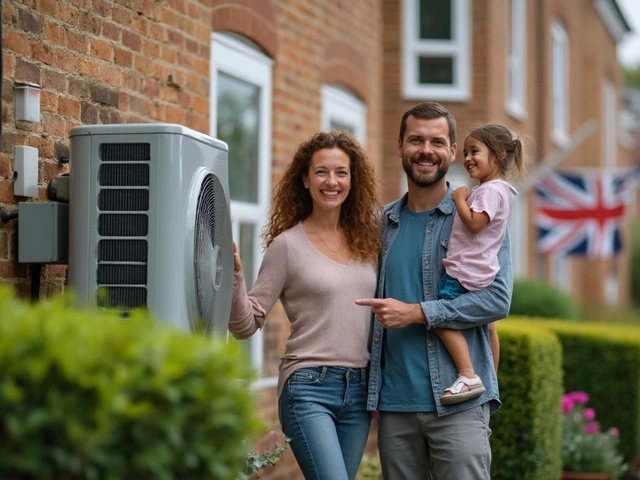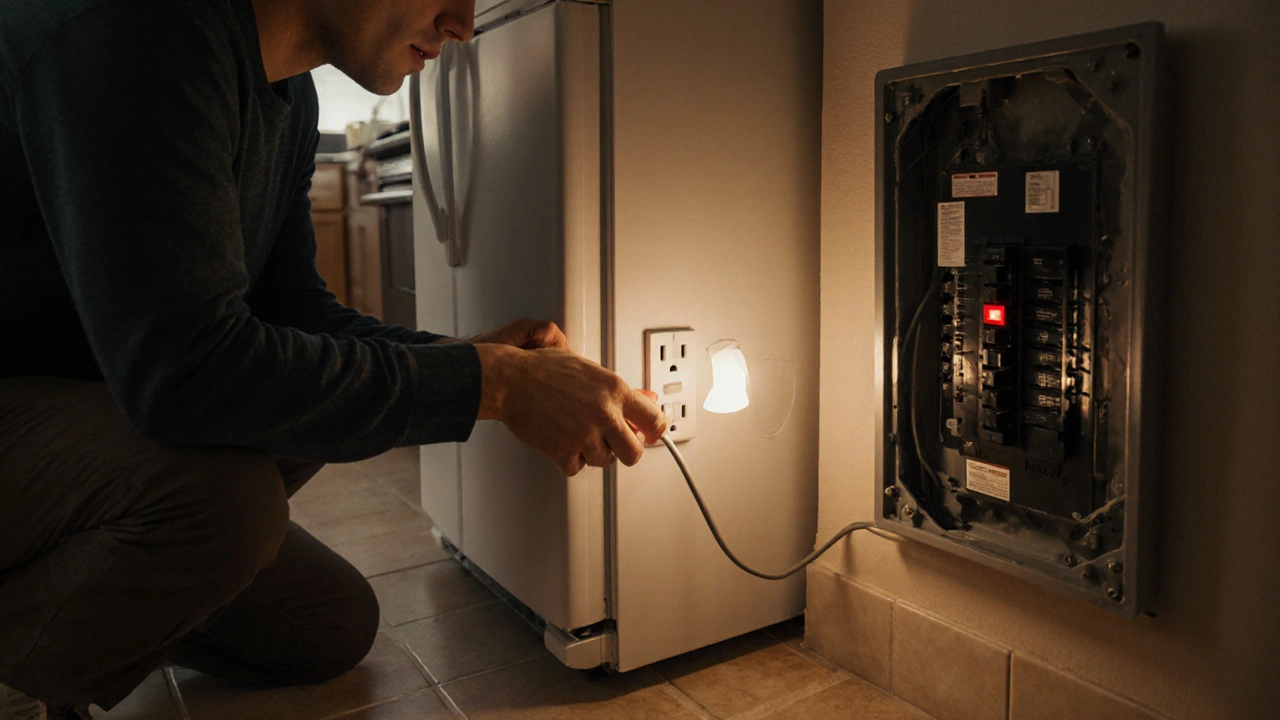Common Fridge Issues
When dealing with common fridge issues, the typical problems that cause a refrigerator to stop cooling, make noise, or develop leaks. Also known as fridge failures, it compressor, the heart of the cooling cycle that compresses refrigerant gas that can fail, a thermostat, the sensor that tells the fridge when to turn the cooling on or off that can misread temperature, or a defrost system, the cycle that melts ice buildup on the evaporator coils that may get stuck. Understanding these core parts helps you pinpoint the right fix fast.
Why the Compressor Matters
The compressor is the engine of any refrigerator. When it works, it pressurizes the refrigerant and creates the cold air that circulates through the fridge. A faulty compressor usually shows up as a warm interior, a humming noise that never stops, or a complete loss of cooling. Most often the issue is a worn bearing or an electrical fault in the start relay. If the compressor is dead, the fridge won’t recover without a replacement. Checking the temperature drop after a 24‑hour run and listening for a steady click can reveal if the compressor is the culprit.
Thermostat problems are another common headache. The thermostat controls when the compressor kicks in, so a mis‑calibrated sensor can make the fridge run nonstop or never start. You’ll notice the freezer frosting up while the fridge stays warm, or the unit will cycle too often, raising energy bills. Replacing a thermostatic bimetal switch or resetting the digital control often solves the issue.
The defrost system prevents ice from insulating the evaporator coils. If the defrost timer, heater, or sensor fails, ice builds up and blocks airflow. The result is a fridge that stays cool at first but soon gets warm as the coils are encased in frost. Look for ice on the back wall of the freezer or a dripping tray that never fills. A quick test of the defrost heater with a multimeter can confirm whether it’s still heating.
Door seals, also called gaskets, are easy to overlook but they play a big role in keeping cold air inside. A cracked or warped seal lets warm air in, making the compressor work harder. You’ll feel a cold draft when you close the door or see condensation on the seal. Cleaning the gasket with mild soap and checking for gaps with a piece of paper can catch the problem before it escalates.
Electrical components like the start relay, main control board, and cooling fans are the hidden players that keep everything moving. A clicky relay can prevent the compressor from starting, while a failed fan will stop air from circulating, leading to hot spots. Listening for fan noise and feeling for airflow behind the back panel helps you decide if a simple fan swap or a board replacement is needed.
Regular maintenance reduces the chance of these failures. Defrost the freezer manually a few times a year if you notice ice buildup, clean the condenser coils every six months, and wipe the door gasket to keep it flexible. Keeping the fridge a few inches away from the wall ensures proper ventilation, which helps the compressor stay cool.
Now that you’ve got a solid overview of the main parts that cause common fridge issues, you’re ready to dive into the specific guides below. Whether you need to troubleshoot a noisy compressor, fix a misbehaving thermostat, or restore a stuck defrost cycle, the articles ahead break down each problem step by step.
